How to identify and avoid buying defective beans? What is the effect of defective beans on baking?

As bean bakers, they all hope to buy suitable beans at the best price.
As we know, coffee raw beans can be divided into fine beans and commercial beans. How to make sure that you buy high-quality beans and how to select defective beans correctly?
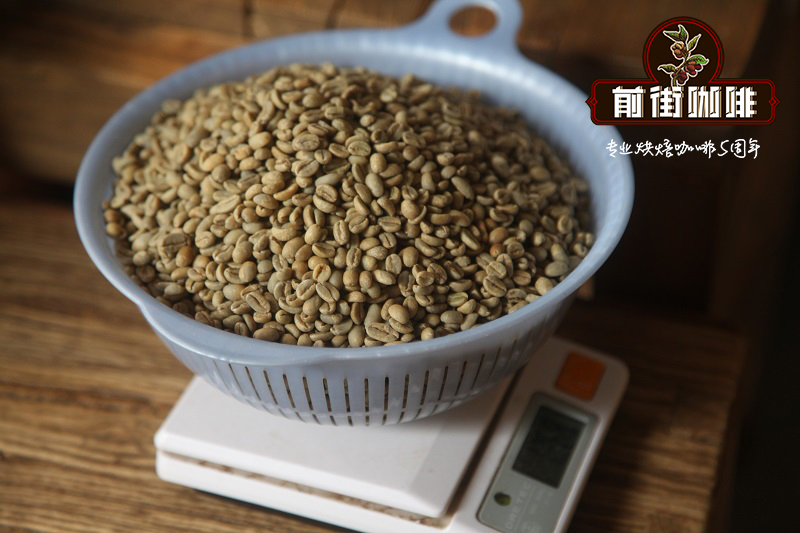
1. Color
two。 Smell (coffee beans are at risk of absorbing odors when the water is dry)
3. Moisture: 8 to 13% moisture content is critical to the integrity of raw coffee-SCAA criteria: Natural process 10-13%; Washed coffee 10-12% (too high moisture: risk of mold or mold; too low moisture: risk of poor uniformity and loss of flavor). In addition, moisture can also affect the density of beans.
4. Density
5. Bean size: bean particle size also determines the price and value, and the uniformity of bean particle size is also very important for baked beans.
6. Treatment method
7. Storage or transport conditions: improper drying and storage of molds or molds that may cause odors
How to select defective beans:
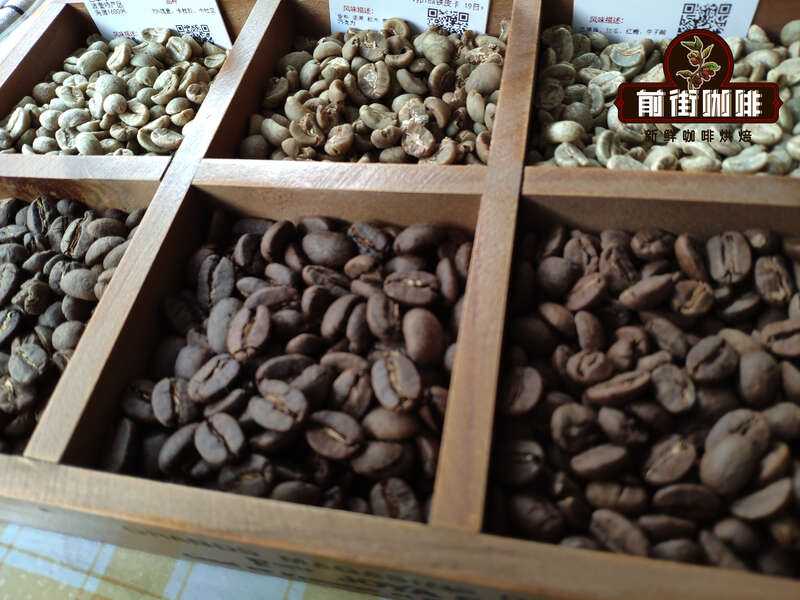
All black bean
Whole sour bean
Fungal infection of bean
Desquamation is not enough.
Partial black bean
Sundries
Local sour bean
Locally infected bean
Pericarp
Fruit shell
Floating bean
Unripe bean
Withered bean
Light worm boiled bean
Severe insect damage
Dried gum fruit
shell
Damaged bean
Changes in baked beans
Generally speaking, baked beans can be divided into three stages: dehydration or frying, the chemical reactions that take place during baking and the physical reactions that take place during final cooling. Usually there are several changes in the process of baking beans, some can be observed with the naked eye, and some can not be seen with the naked eye.
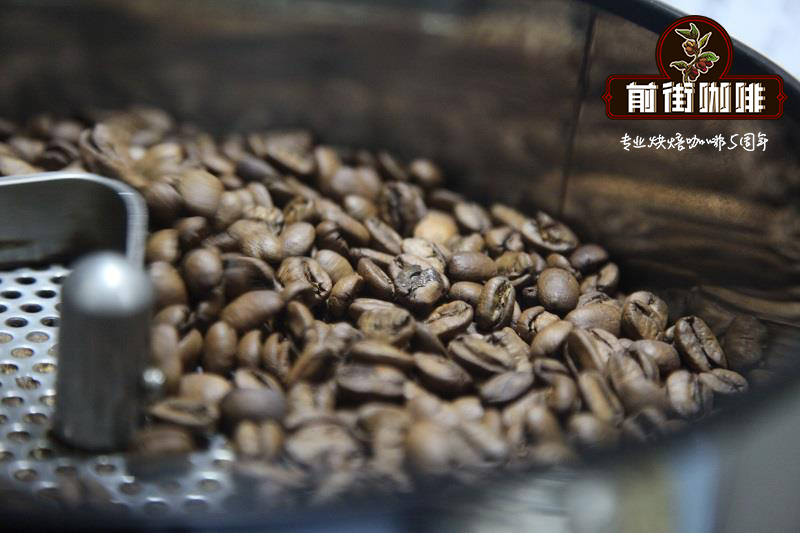
1. Surface:
Color: green-white-yellow-orange; color difference darkens to brown when the temperature increases
Size: the water of the coffee bean evaporates during the baking process, carbon dioxide and other gases are discharged, the cell structure becomes more elastic and expands, and the raw bean size expands.
Surface: cracks and "blow holes" occur on the bean surface during the release of steam, and the water loss can be reduced by about 1%, while that of moderate baking is reduced to about 2-3%.
two。 Physical changes:
Temperature:
When the temperature reaches about 100 degrees, the beans begin to absorb heat, the water is being discharged, and the hot water is vaporized:
During the first explosion, the weight, gas and organic objects will change (for example, the first explosion will produce water vapor, the second explosion will produce carbon dioxide), the more air flow, the faster the heat conduction, the more hot air, the faster the heat conduction. Too much wind will increase the radiant heat, and the bean heart will turn black or not ripe in the middle.
Important Notice :
前街咖啡 FrontStreet Coffee has moved to new addredd:
FrontStreet Coffee Address: 315,Donghua East Road,GuangZhou
Tel:020 38364473
- Prev
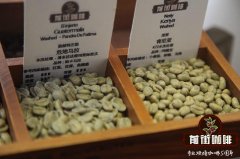
You must know the knowledge of raw coffee beans what is the difference between the methods of handling raw beans
Where did the coffee come from? The common coffee beans are coffee beans that can be brewed into coffee after being processed and roasted. But many people may not know that coffee beans are the essence peeled off by layers of coffee fruit, that is, the seeds of coffee cherries (commonly known as coffee cherries because they look like cherries). The third from the right is the maturity that can be harvested. Oh, overcooked or overripe.
- Next
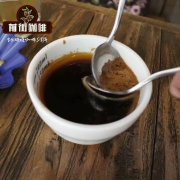
What's the difference between Robusta and Cornell coffee? Introduction of Canephora Coffee varieties
For most people in the coffee industry, robusta coffee is regarded as inferior coffee. It is generally believed that robusta coffee beans produce poor coffee and have a poor flavor. For farmers, it has lower planting costs, higher productivity, higher natural caffeine content, and resistance to drought and disease. As a result, robusta coffee is thought to be used for blending
Related
- Beginners will see the "Coffee pull flower" guide!
- What is the difference between ice blog purified milk and ordinary milk coffee?
- Why is the Philippines the largest producer of crops in Liberia?
- For coffee extraction, should the fine powder be retained?
- How does extracted espresso fill pressed powder? How much strength does it take to press the powder?
- How to make jasmine cold extract coffee? Is the jasmine + latte good?
- Will this little toy really make the coffee taste better? How does Lily Drip affect coffee extraction?
- Will the action of slapping the filter cup also affect coffee extraction?
- What's the difference between powder-to-water ratio and powder-to-liquid ratio?
- What is the Ethiopian local species? What does it have to do with Heirloom native species?

